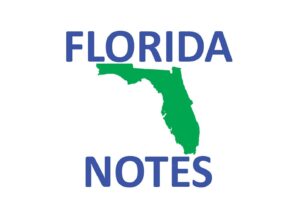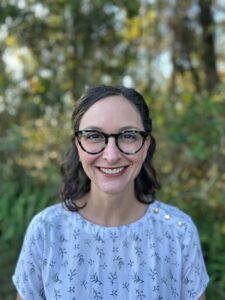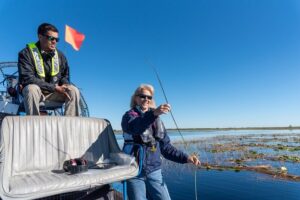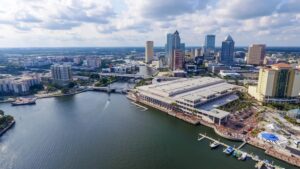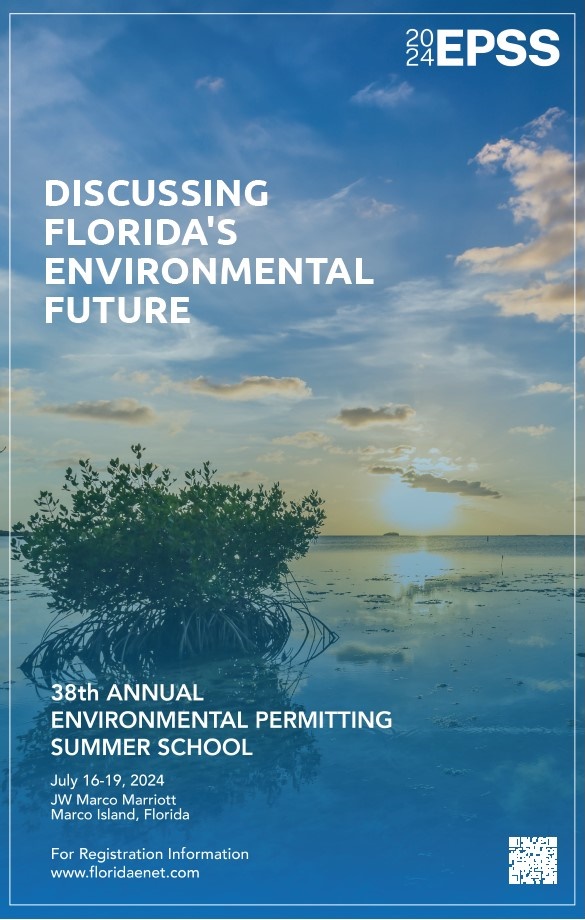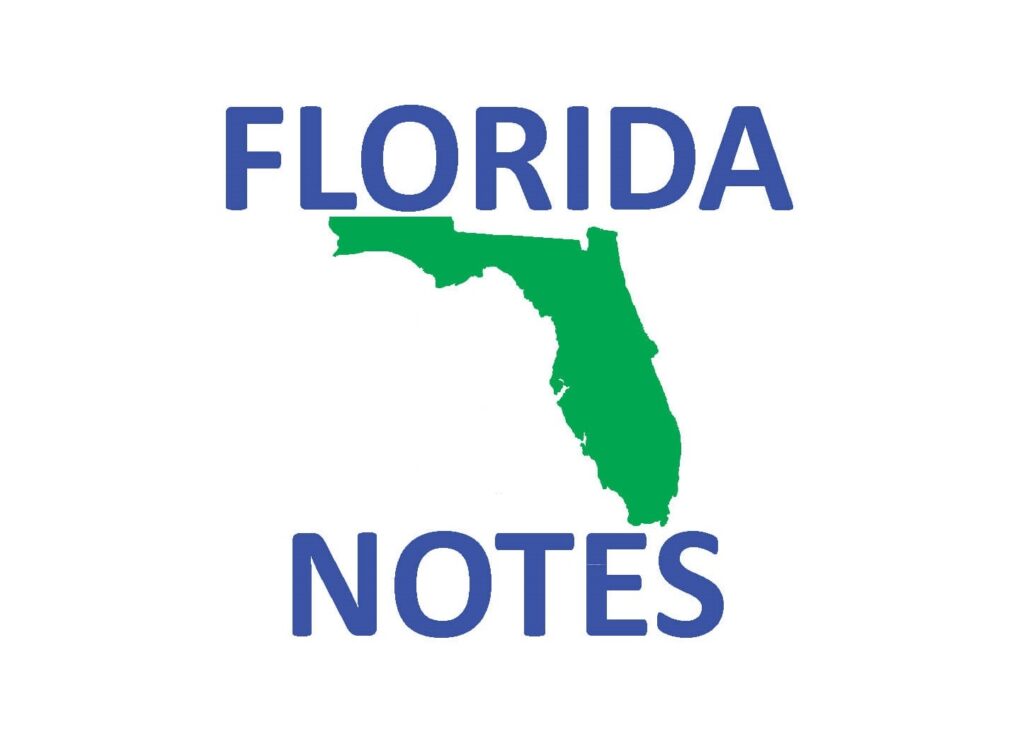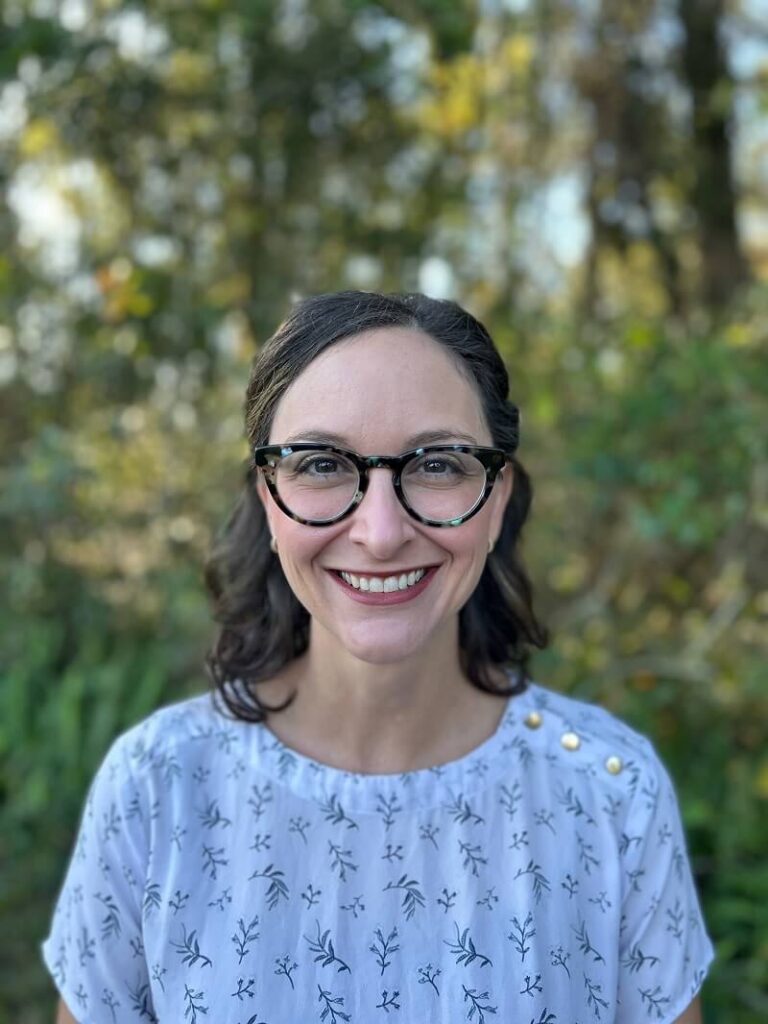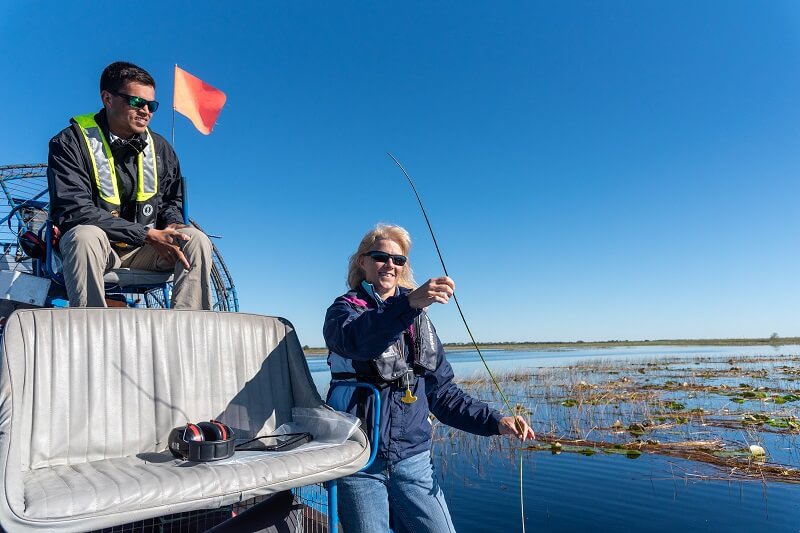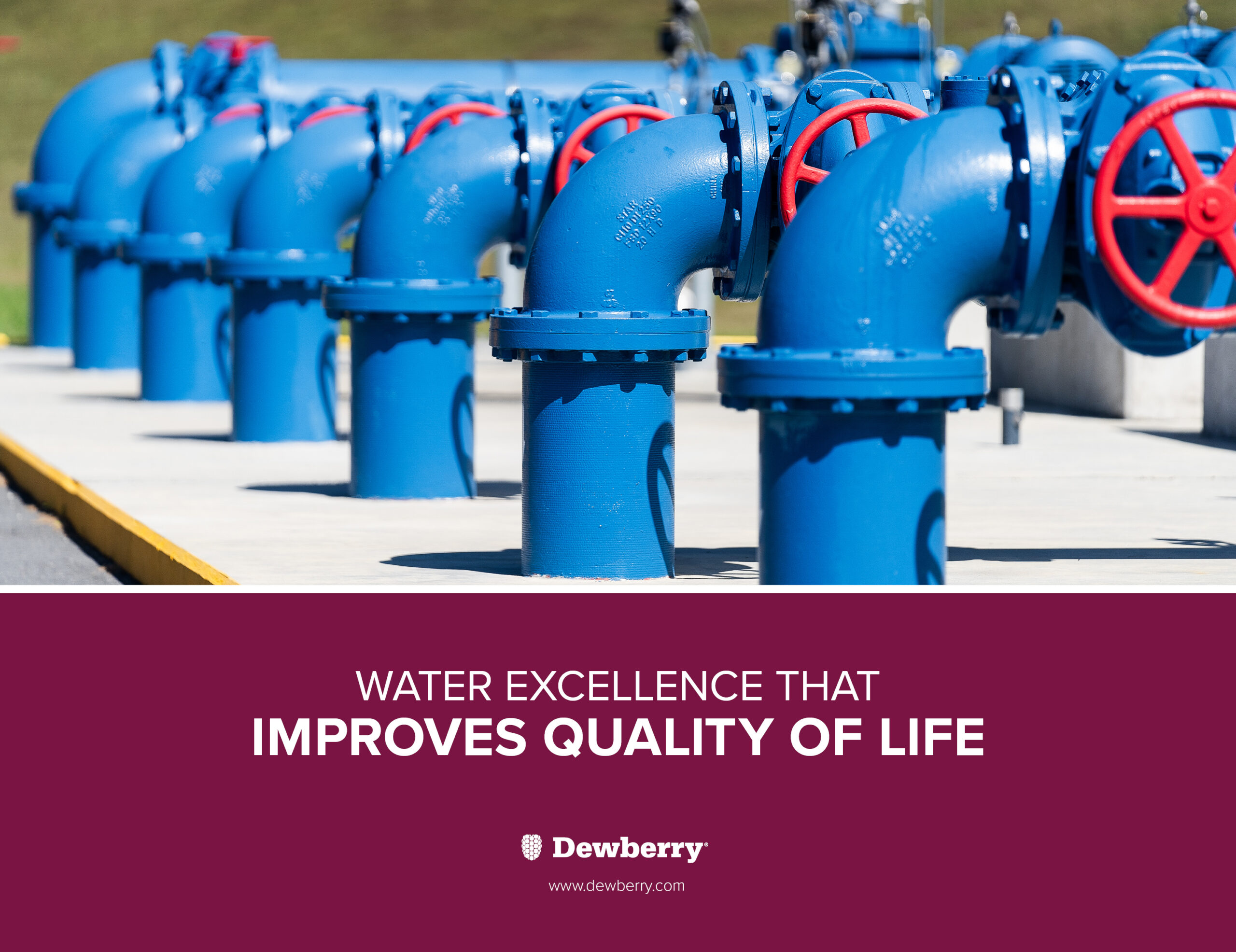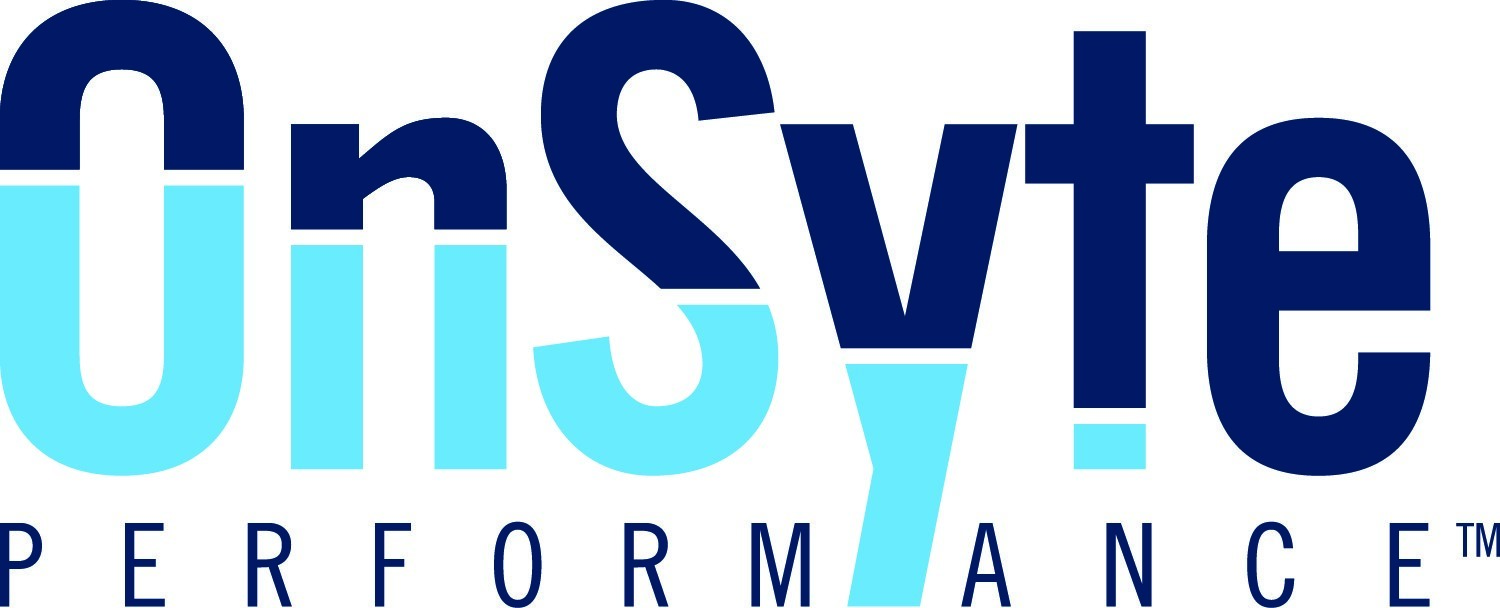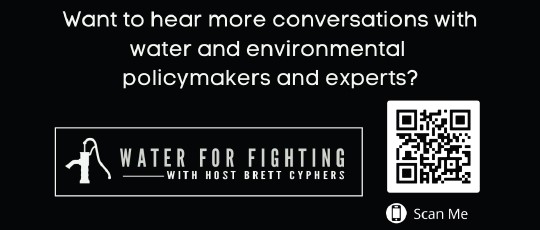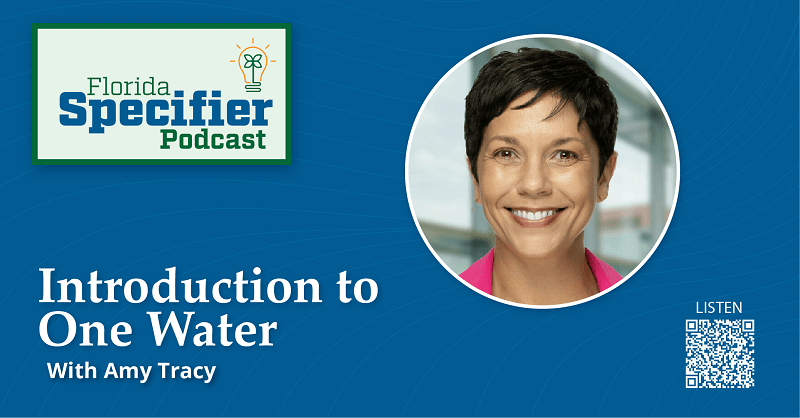By CHRIS REED
Q: What is a prescribed burn?
A: A prescribed burn, also known as a prescribed fire, is a fire intentionally ignited by land managers to meet specific land management goals and objectives. The burns follow a written prescription, which outlines the defined fire treatment area, specific weather conditions that are required, the tactics staff will use, and the staffing and equipment resources that are required to safely conduct the burn. Additionally, a smoke management plan is prepared to identify smoke sensitive areas, which are places where smoke from prescribed fires is intolerable, like schools and hospitals.
Q: Why does the Southwest Florida Water Management District (District) conduct prescribed burns?
A: The District conducts prescribed fires to mimic the natural process and benefits of fire in Florida’s ecosystems. Nearly every natural community in Florida is shaped by fire and these natural communities rely on periodic fire for their health and persistence. In addition to natural systems enhancements, periodic prescribed burns help to protect the water resources on District conservation lands.
Q: How does the District plan prescribed burns?
A: District land management staff take great care to analyze the condition of District properties and identify the most appropriate areas to burn, as well as the best time of year and under what conditions to meet the burn goals and objectives. Staff use a geographic information system database, natural plant community data, and site knowledge to develop an annual burn plan for District-managed conservation lands. Land managers determine what areas to burn based on habitat type, time since the last fire on that property, and weather conditions. The most common Florida natural community habitats historically burn every two to four years. District staff attempt to mimic this same interval and base goals on burning areas once every four years, while burning more frequently when possible.
Q: What are the benefits of a prescribed burn?
A: There are many benefits to burning, most importantly reducing the risk of a catastrophic wildfire. Additional benefits of prescribed fire include protecting and enhancing water resources, promoting plant diversity, improving wildlife and grazing habitat, conserving fire-dependent species, controlling forest insects and diseases, and improving recreational access. Another significant benefit of prescribed burns is hazard fuel reduction. Given Florida’s nearly yearlong growing season, plants and other vegetation accumulate quickly in these natural systems if they are not burned routinely. District land managers conduct prescribed burns to reduce this vegetative fuel buildup, which decreases the risk of catastrophic wildfires. This fuel reduction provides for increased protection of life and property as well as provides for firefighter safety.
Q: How much District property is burned each year?
A: In 2023, District staff applied fire to more than 39,500 acres of conservation lands we are responsible for maintaining on behalf of the public.
Q: How do you notify the public about prescribed burns?
A: The District notifies county and municipal fire departments, adjacent neighbors and recreationists, as well as the Florida Turnpike Enterprise, the Florida Highway Patrol and/or other law enforcement agencies when appropriate. The District distributes news releases quarterly to the media for each county impacted and sends email blasts to potentially impacted neighborhood associations to alert them of fire activity in their area. The District also utilizes social media outlets like X (formerly known as Twitter) and Nextdoor to spread the word about upcoming and active prescribed burns on an as-needed basis. It is also important to note that the District works closely with the Florida Forest Service and must receive a day-of burn authorization from the Florida Forest Service for every prescribed burn we conduct.
Q: How can I learn more about prescribed burns?
A: Check out the latest Water Matters Podcast with Felicia Nudo, land manager, who takes listeners through the process of a prescribed burn and explains the benefits of setting them. You can listen at WaterMatters.org/Podcast.
Chris Reed
Land Management Manager
Southwest Florida Water Management District
Chris Reed is the Southwest Florida Water Management District’s Land Management Manager. Over the last 20-plus years, Chris has managed lands from Alachua County to Lee County and just about everything in between on the West Coast of Florida. He has worked for the Florida Park Service and the Florida Forest Service in addition to 18 years with the District’s Land Management Section. He holds a bachelor’s degree in environmental science with a minor in Agriculture and Natural Resource Ethics and Policy from the University of Florida.


